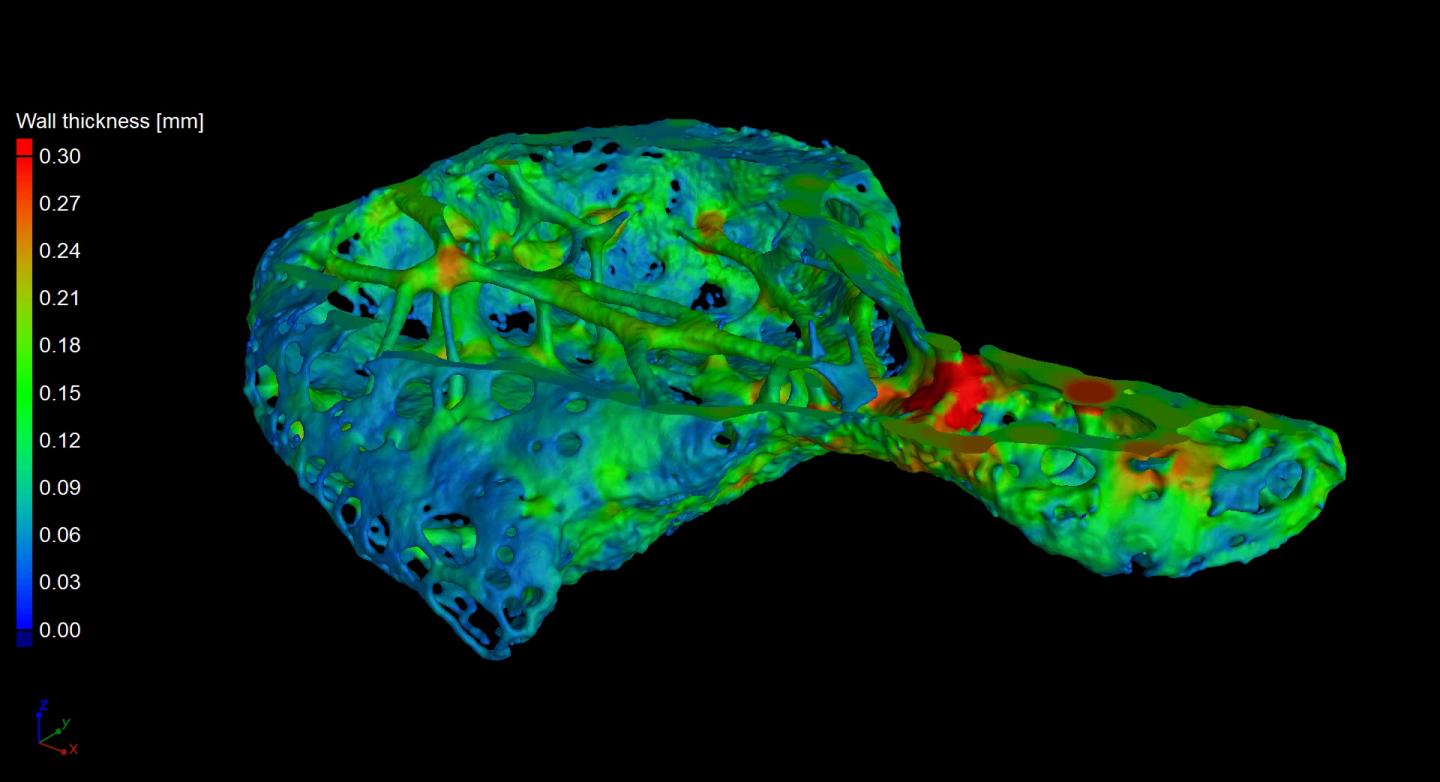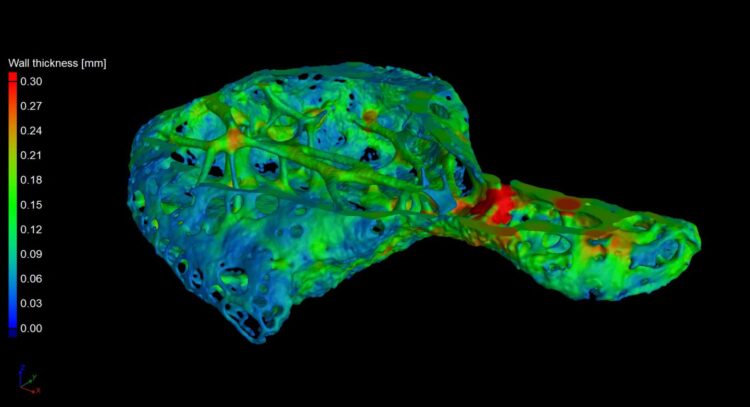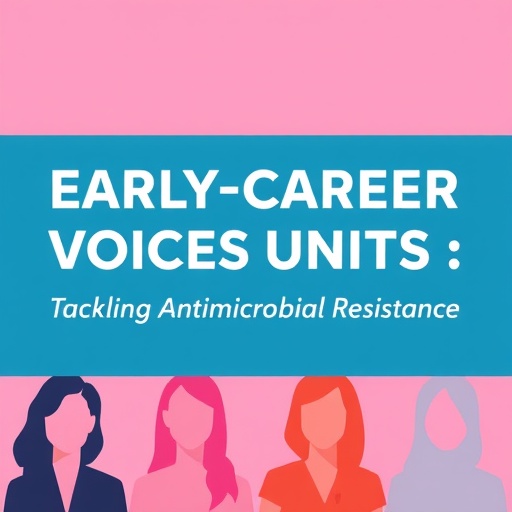
Credit: Rutland
Experts from the University of Nottingham have discovered that some chimpanzees have a bone in their heart, which could be vital in managing their health and conservation.
Very few species of animals have this bone – called an os cordis – therefore this is a particularly rare find.
The exciting research, which was carried out by experts from the University’s School of Veterinary Medicine and Science, is published today in Scientific Reports.
Wild chimpanzees are endangered and cardiovascular disease is very common in this species. Understanding their hearts is vital in making medical advances and managing their health and conservation.
The tiny ‘os cordis’ heart bones, measuring a few millimetres in size, were more likely to be present in chimps with idiopathic myocardial fibrosis – a type of heart disease found in chimps and people. Myocardial fibrosis is the most common type of heart disease in chimpanzees and has been linked to the occurrence of cardiac arrhythmias and sudden death.
“The discovery of a new bone in a new species is a rare event, especially in chimps which have such similar anatomy to people. It raises the question as to whether some people could have an os cordis too,’ said lead author Dr Catrin Rutland from the University.
This astonishing new find was made possible using several techniques including an advanced imaging method called micro-computed tomography. This enabled the hearts to be scanned at much higher magnifications than standard hospital or veterinary CT scans.
“Looking for ways to help chimps with heart disease is essential. Understanding what is happening to their hearts helps us manage their health” Said Dr Sophie Moittié, from the University.
The heart bone is present in many bovines (cattle, ox and buffalo), and is often quite large, butchers even remove it some that meat can be used for soups. Sheep, otters, dogs and camels sometimes have the heart bone too. Sometimes the os cordis is present in most animals of a species but in other cases it is associated with heart disease.
The function of an os cordis is still being researched, but this work shows that cartilage was present in addition to bone, which gives insight into the mechanisms via which bone growth started. The scientists also showed that the heart bone was present in male and female chimps of differing ages.
Many suggestions have been given for the reasons behind an os cordis developing. The bone may support the essential heart valves, develop due to heart disease or even alter the electrical system which controls the heart.
“This research has brought together researchers and veterinary professionals, working on a common aim to advance chimpanzee health and conservation,” adds Dr Rutland.
###
Media Contact
Charlotte Anscombe
[email protected]





